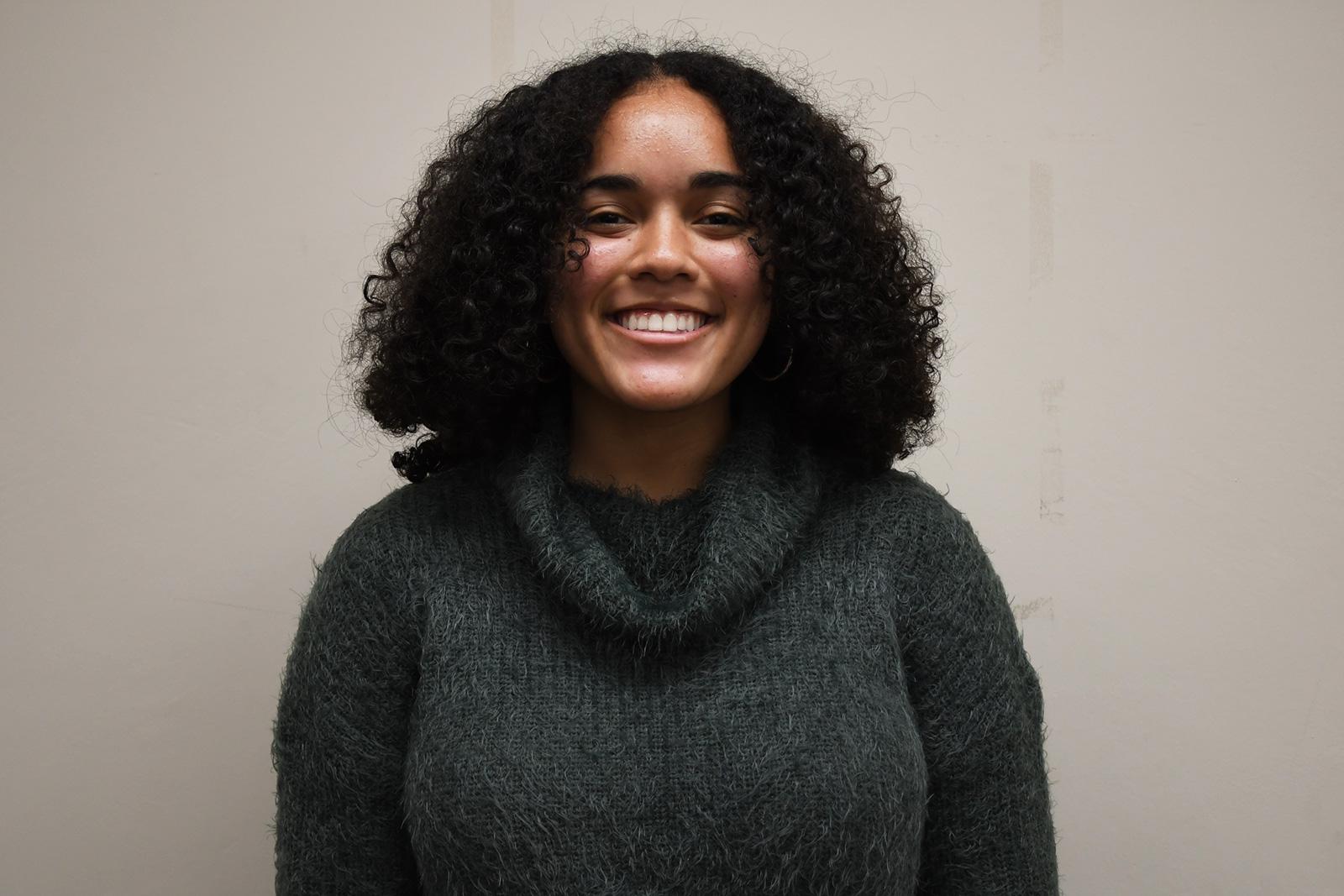Everyday I go on my phone and scroll through various social media apps, such as Twitter, Instagram, TikTok and YouTube. The majority of influencers I follow fit a similar description: they are white and skinny.
The generation of people who are the most active on social media is a generation that claims to support inclusivity of all races and body types. But still, we continue to praise content creators who don’t bring anything new to the table in terms of diversity or body shape and size.
TikTok is the prime example of users putting white content creators on a pedestal compared to those who are a minority. Charli D’Amelio is a 15-year-old dancer with over 33 million followers on TikTok. She has gained fame from her dancing videos, and most recently popularized the “Renegade” dance.
This dance has run ablaze throughout social media and day-to-day life of many teenagers. I find myself doing it at the most random times because it is obnoxiously catchy. I had assumed it was just some internet craze that didn’t have a specific origin.
However, this dance was actually created by Jalaiah Harmon, who is a Black 14-year-old girl. Her original video resurfaced months after she made it. The Black Twitter community helped Harmon get the recognition she deserved, and she eventually performed the dance at The Ellen DeGeneres Show and the NBA All-Star Game.
Our failure to appreciate Harmon was particularly upsetting to me because D’Amelio, someone who is white, got her fame from the work of a Black person. It seems that D’Amelio’s rise to fame was so easy, but it took Harmon much longer to get the opportunities she did. Why is it so hard for a young Black girl to receive recognition for her talent?
D’Amelio fits the description of what people want to see on the internet — she is conventionally pretty. She has straight hair, light skin and is skinny. It seems that as media consumers, we “naturally” gravitate towards people who fit her description.
Millions of people follow content creators, such as Emma Chamberlain and Claudia Sulewski on YouTube and Instagram because they are “relatable.” But, I would argue that it’s also because of how they look. They fit into conventional Western beauty standards, which have been used to define beauty as a whole.
People who fit in these often unrealistic categories are the ones who get put on the covers of magazines. They get major sponsorships with popular brands. These are the people who get the most exposure online and have the best chance at gaining a massive following.
The system is simply set up for their success. And online social media users fuel this cycle by mindlessly following influencers who pop up on their explore page or home page.
I, too, am guilty of blindly supporting Western beauty standards. The majority of people I am subscribed to on YouTube are white. I follow only three Asian Americans and only one Black person. The same goes for the influencers who I follow on Instagram — there is a genuine lack of diversity. I am not saying you can quantify your support of people of color. What I am saying is that we need to do better.
It’s not that these white creators are devoid of talent because I find everyone who I follow entertaining. However, I do believe that their rise to stardom was helped more by the way that they look rather than the substance of their content.
I have to be more deliberate about the people I follow. I could search for people of different races and body types, but it’s not that easy. Girls, and even guys for that matter, who are not the typical “white person” are just not promoted enough on social media. And that has to do with social media users not consuming diverse media. It’s a vicious cycle.
As a whole, social media users need to make more of an effort to find minority content creators. They’ve already done the work. We also need to seek out and follow people of different body types and hair types, and not shaming them for who they are and what cannot be changed.
There is a false sense of inclusivity. If we really wanted more diversity in the media, then we would actually support men and women of color in the industry.
























































































































